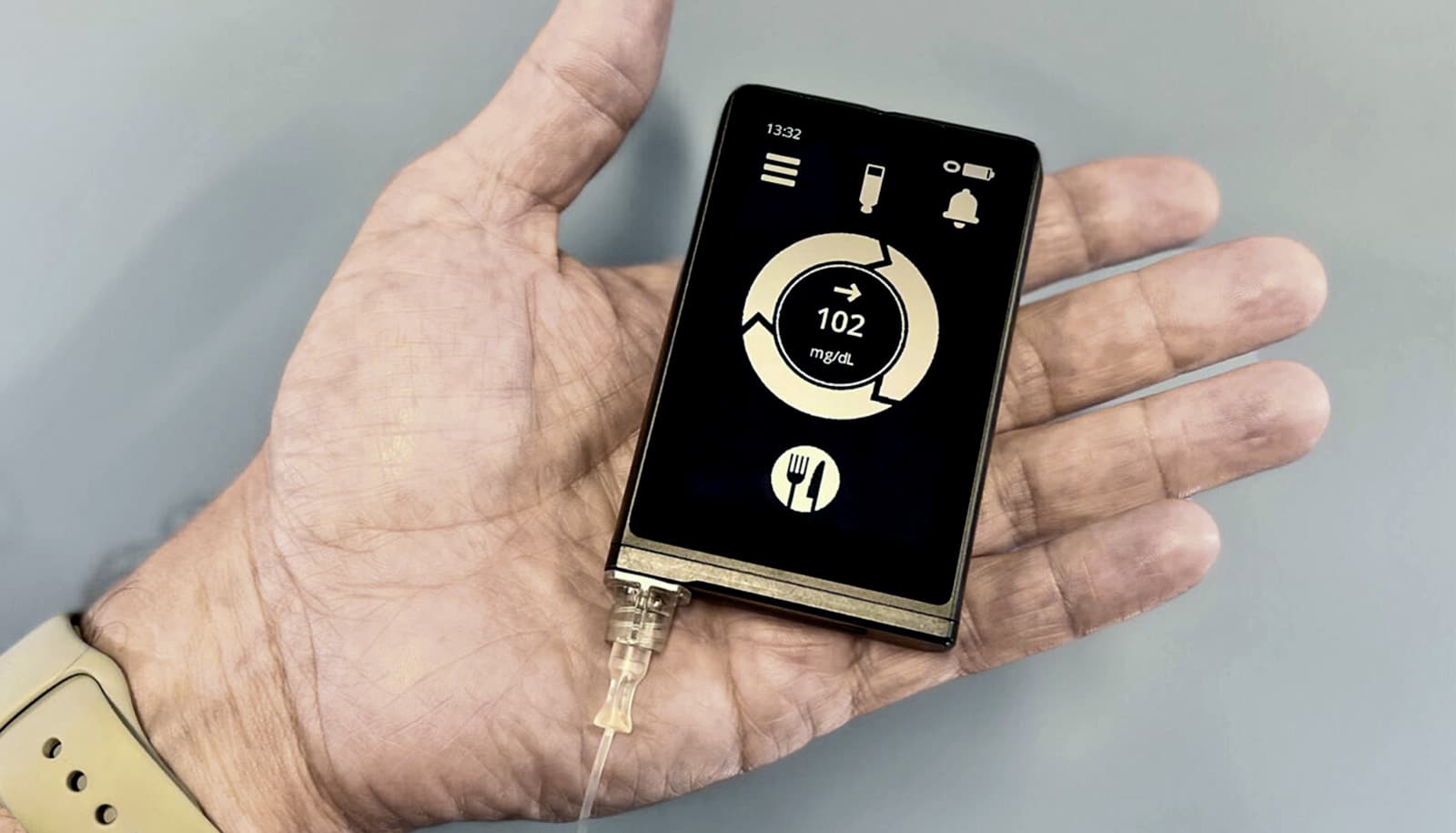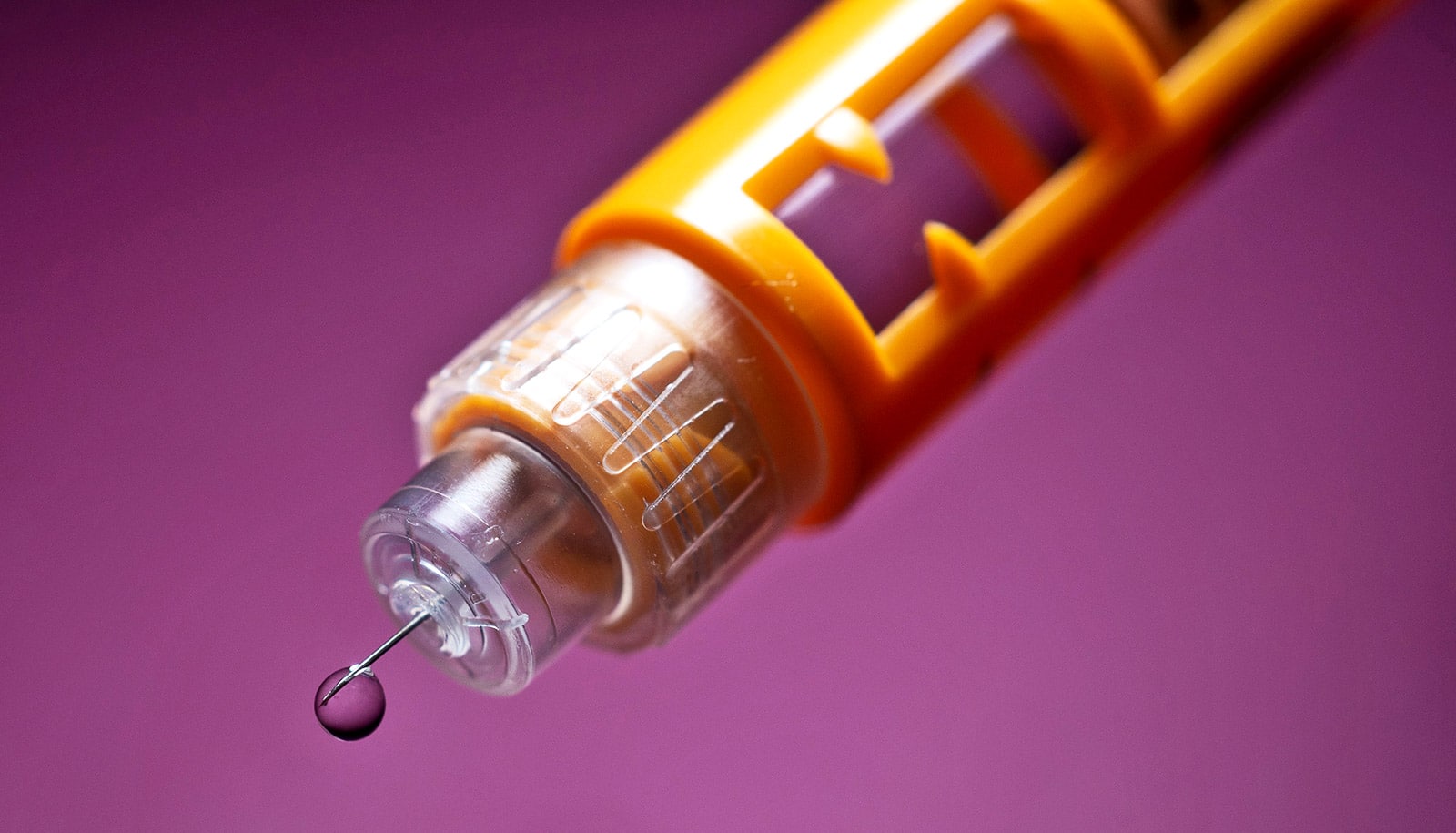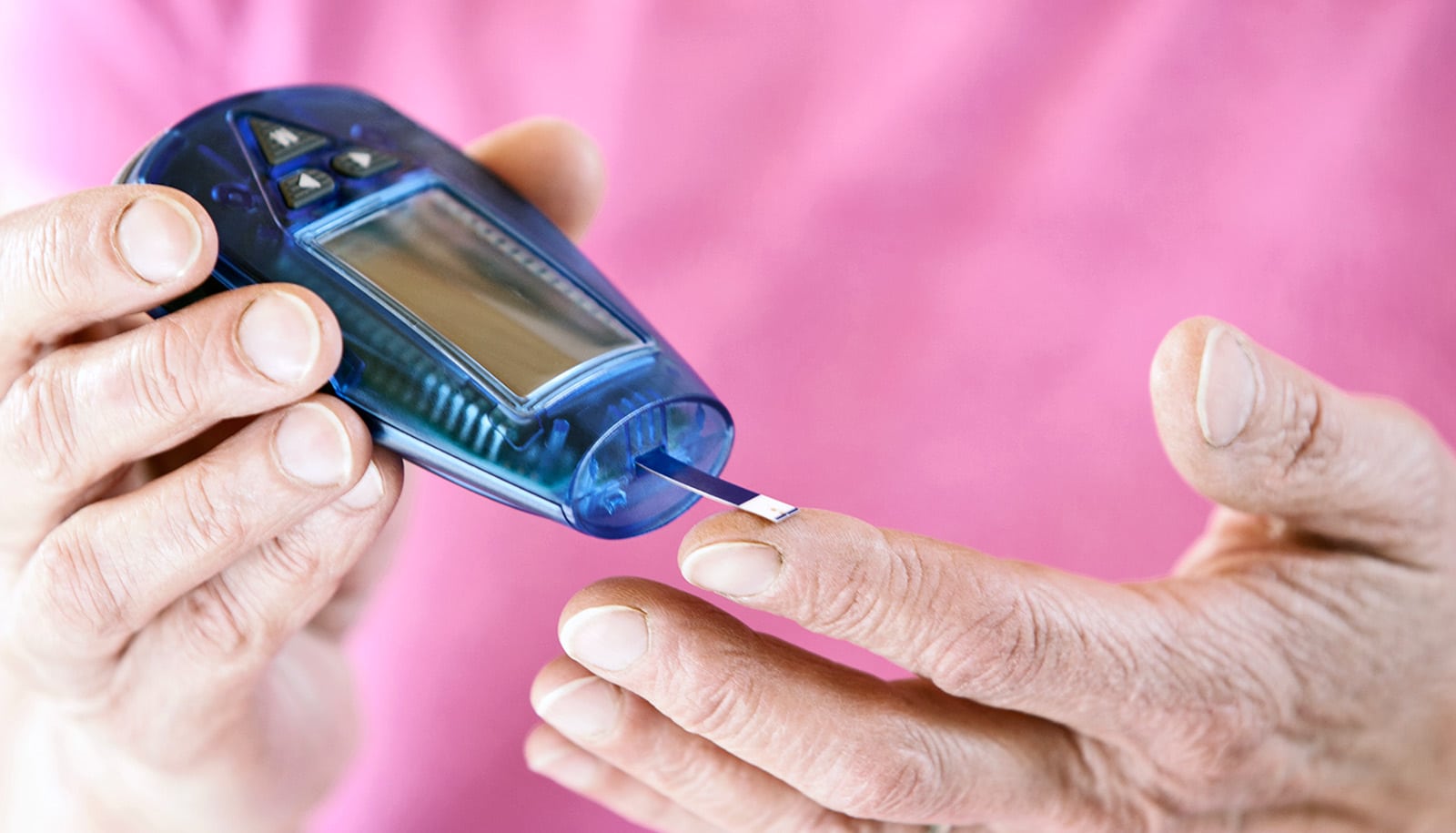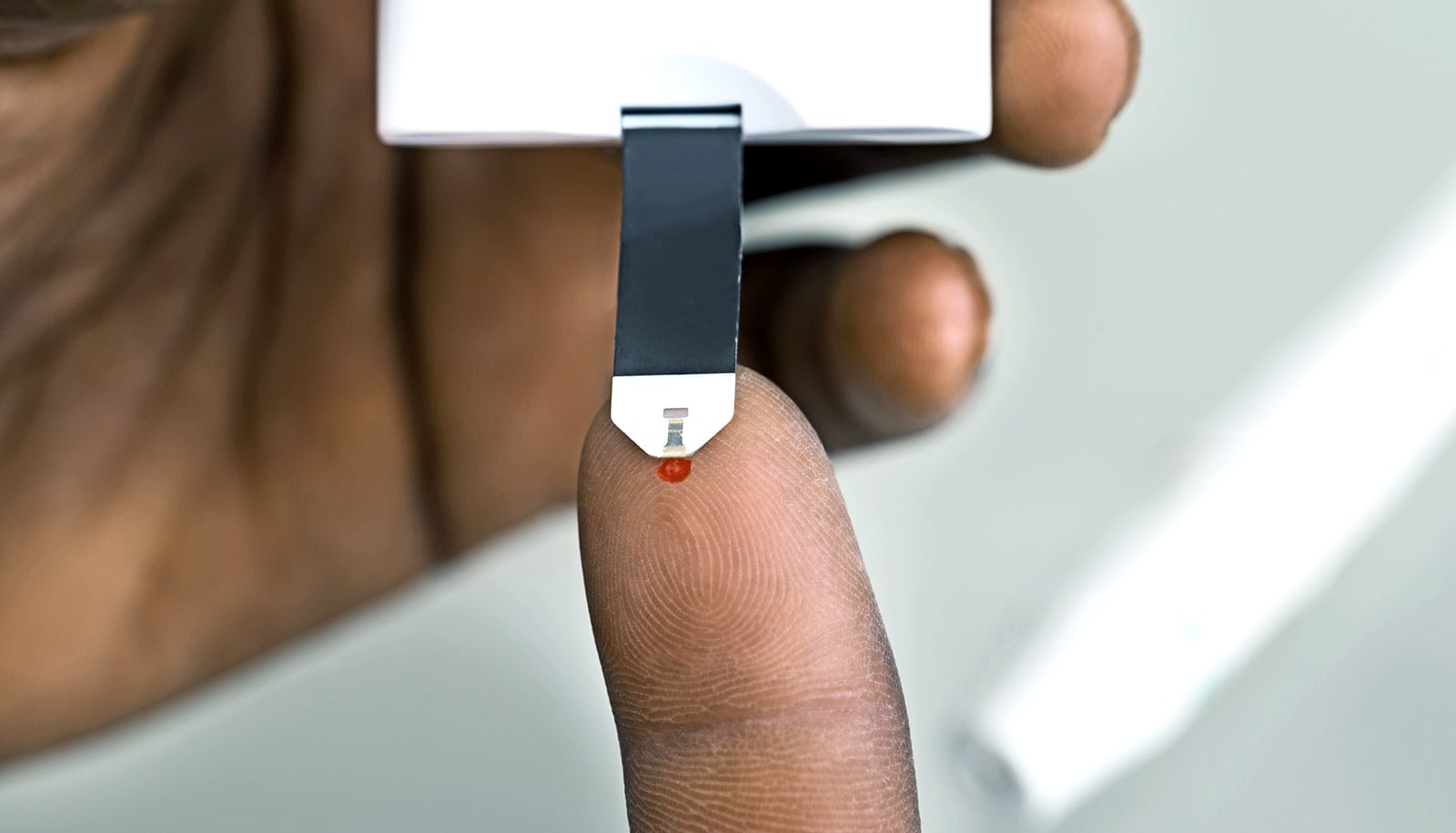A new clinical trial has found that an automated insulin delivery device, iLet, helps adults and kids maintain healthier blood glucose levels.
In the study in the New England Journal of Medicine, researchers found the wearable device was better at managing blood glucose levels than existing standard-of-care methods.
Your pancreas is like a little digestive engine, working hard to keep your body fueled and running. Just six inches long, it’s responsible for turning lunch into the energy that gets you through the afternoon and making sure your blood sugars stay balanced.
But in people with type 1 diabetes, the pancreas fails in the second job. The organ—nestled behind the stomach—doesn’t produce enough insulin, a hormone necessary for converting and storing sugars. Without it, those sweet carbs can’t enter cells, leaving sugars stuck in the bloodstream and people with type 1 diabetes feeling thirsty, hungry, and tired.
In the long term, diabetes can cause heart disease and damage the eyes, kidneys, feet, and skin. Patients have to constantly monitor their blood sugar levels and inject insulin in an attempt—often not completely successful—to keep them in check.
The iLet was developed in the lab of Ed Damiano, a Boston University College of Engineering professor of biomedical engineering. In 2015, he cofounded a public benefit corporation, Beta Bionics, to advance the technology and bring it to market. His coinventor, Firas El-Khatib, was previously a senior research scientist at Boston University and is now Beta Bionics’ VP of research and innovation. Both are authors of the latest paper.
‘Meaningful’ results
In a 13-week clinical trial at 16 sites across the United States, the iLet improved glycated hemoglobin (A1C) levels—a measure of blood glucose control—reducing them on average from 7.9% to 7.3%. By contrast, A1C levels didn’t, on average, change in the control group, where participants continued with their existing care programs and continuous glucose monitoring. Although the American Diabetes Association suggests people with type 1 diabetes try to keep their A1C levels below 7%—noting that higher levels bring an increased risk of complications—only one in five people in the United States with type 1 diabetes meet that target.
“It sounds so modest, you drop the entire cohort on average a half of 1%, but it’s actually pretty meaningful,” says Damiano, executive chair of Beta Bionics. He says regulators and the industry consider it to be a clinically significant reduction. “Every percentage point reduction in A1C has been shown to confer meaningful reductions in long-term health complications for people with type 1. Across a population, that can be huge.”
According to the researchers, those using the bionic pancreas spent, on average, an additional 2.6 hours a day with their glucose levels in the target range of 70 to 180 milligrams per deciliter. The trial included 326 adults and children, aged from 6 to 79, all with type 1 diabetes; 219 participants were randomly assigned to the bionic pancreas, the rest to standard care. The researchers found an average reduction in A1C in both the adult and child iLet cohorts.
How does the bionic pancreas work?
For Damiano, each step forward with the iLet is about more than professional progress—it’s personal. He first began work on the bionic pancreas back in 2002 as part of a mission to help his then five-year-old son, who developed type 1 diabetes as an infant.
The 15-mm-thick iLet is about the length and width of a credit card. Worn on a belt clip—or even in a bra strap or shoved in a pocket—the device communicates with a separate Bluetooth-enabled monitor to continuously track a subject’s glucose levels.
Through a thin tube connected to the body, the iLet automatically delivers a tailored dose of insulin every five minutes, which it calculates based on current and past glucose levels; it can also learn and adapt to changing needs based on the body’s response to past insulin deliveries. By contrast, other methods for managing type 1 diabetes require patients to prick a finger or use a monitor to measure their glucose levels, then administer insulin by injection or with a pump—it’s up to them, with help from their physician, to calculate the correct dose.
“Some systems do have partial automation of insulin dosing,” Damiano says. “However, the bionic pancreas autonomously determines the size of each and every insulin dose.”
For most people with type 1 diabetes, maintaining optimal blood sugar levels is a 24/7 endeavor—Damiano says the disease is relentless.
“You’re basically metering dosing of a very dangerous drug all the time,” Damiano says of many existing approaches. “Insulin is a life-saving hormone, a life-critical hormone, but it’s very, very sensitive. Tiny drops of insulin can confer big changes in glucose, so even the slightest overdose can have grave consequences. And consistently underdosing, in response to fear of acute hypoglycemia, low blood sugar, can have long-term complications.”
Easier diabetes control
When the researchers broke the trial results down, they found differences across demographic groups. The study showed the iLet had a much greater impact on participants who were non-white, earned less than $100,000, or who didn’t have a bachelor’s degree. Those groups started with higher baseline A1C levels, but experienced greater reductions—of more than 1% in some cases.
“The iLet is designed to require hardly anything of you,” says Damiano. “As much as possible, it’s designed to be like a self-driving car—as opposed to holding the wheel and making all the insulin-dosing decisions. That’s a categorically different experience.”
The researchers also published a series of related papers in Diabetes Technology & Therapeutics, including a study that found standard care patients who later switched to the bionic pancreas saw similar benefits to those in the main study.
“Keeping tight control over blood glucose is important in managing diabetes and is the best way to prevent complications like eye, nerve, kidney, and cardiovascular disease down the road,” says Guillermo Arreaza-Rubín, director of the National Institute of Diabetes and Digestive and Kidney Diseases diabetes technology program. “The bionic pancreas technology introduces a new level of ease to the day-to-day management of type 1 diabetes, which may contribute to improved quality of life.”
In 2014, Damiano and colleagues at Massachusetts General Hospital successfully tested an early version of the bionic pancreas in two five-day trials; by 2019, Beta Bionics had secured more than $137 million in funding.
Earlier this year, Beta Bionics submitted the iLet to the US Food and Drug Administration for commercial clearance. Damiano says the latest trial was a pivotal one—”it’s bigger than any other done to test an automated insulin delivery system”—and that the company hopes to get federal clearance to market the bionic pancreas in the United States soon.
For now, the device only infuses insulin, but Damiano and his team have also been working on a version that stops sugar levels from getting too low by automatically delivering another hormone: glucagon.
“Even for people who are getting really good glucose control through great effort of their own,” says Damiano, “when they go on the iLet, there’s the possibility they’ll feel a tremendous relief from giving up the control and this constant diligence.”
Funding for the clinical trial came from a grant to Boston University from the National Institute of Diabetes and Digestive and Kidney Diseases, part of the National Institutes of Health. Funding also came from Novo Nordisk and Beta Bionics.
Source: Boston University



